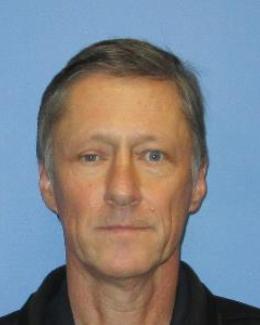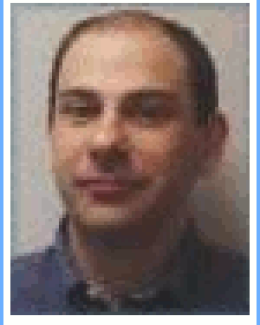Abstract
The condensation of spin-orbit-induced excitons in t42g electronic systems is attracting considerable attention. At large Hubbard U, antiferromagnetism was proposed to emerge from the Bose-Einstein Condensation (BEC) of triplons (Jeff=1). Here, we show that even at intermediate U regimes, the spin-orbit exciton condensation is possible leading also to staggered magnetic order. The canonical electron-hole excitations (excitons) transform into local triplon excitations at large U, and this BEC strong coupling regime is smoothly connected to the intermediate U excitonic insulator region. We solved the degenerate three-orbital Hubbard model with spin-orbit coupling (λ) in one dimension using the density matrix renormalization group, while in two dimensions we use the Hartree-Fock approximation (HFA). Employing these techniques, we provide the full λ versus U phase diagrams for both one- and two-dimensional lattices. Our main result is that at intermediate Hubbard U, increasing λ at fixed U the system transitions from an incommensurate spin-density-wave metal to a Bardeen-Cooper-Schrieffer (BCS) excitonic insulator, with coherence length rcoh of O(a) and O(10a) in 1d and 2d, respectively, with a being the lattice spacing. Further increasing λ, the system eventually crosses over to the BEC limit (with rcoh≪a).




